
Title
Date
Description
Multiple Available
There are multiple entries on this date. You can modify the date range below to see them all.
Pixar Animation Studios
Established Date: Jan. 1, 1986
- All
- Computer Animation
- Pixar
- Animation
- animation
- Disney
- Short film
- Oscar
- Animated Film
- Up
- Toy Story 3
- pioneer
- Lucasfilm
- Computer Scientist
- President
- NYIT
- Pioneer
- software engineer
- co-founder
- The Good Dinosaur
- Toy Story
- Brave
- software
- rednering
- Finding Dory
- Monsters University
- Coco
- Inside Out
- Cars 3
- Computer animation
- wall-e
- SIGGRAPH
- academic
- compositing
- researcher
- director
-
Pixar was formed in 1986 when Steven Jobs (of Apple and NeXT computer fame) purchased the Lucasfilm Computer Graphics Division from George Lucas. George had decided about a year before that he did not want to continue a hardware development effort in-house. He also did not at that time want to pursue computer-generated animation (as did the employees). He therefore agreed to allow Edwin Catmull, Alvy Ray Smith, and the rest of the employees of the Lucasfilm Computer Division to seek out investors so they could spin off into their own company. The deal that was finally made called for $5 million dollars to purchase the division with an additional $5 million for immediate capital investment.
-
 CGM - Episode 11 - Explorers + Yng Sherlock Holmes
CGM - Episode 11 - Explorers + Yng Sherlock Holmes -
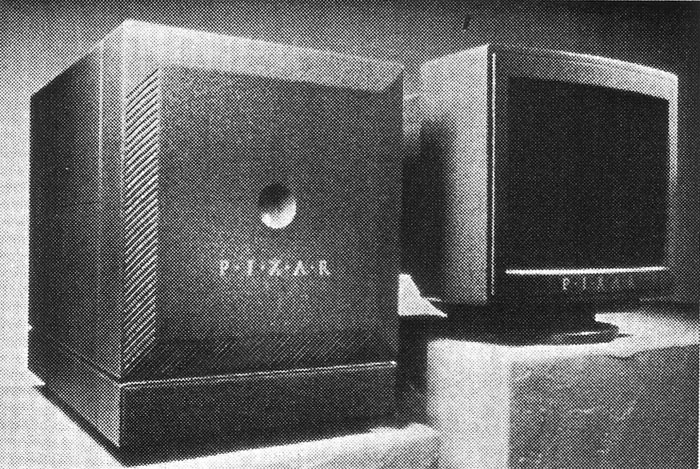 Pixar Image Computer
Pixar Image Computer -
Founding members included (in alphabetical order): Tony Apodaca, Loren Carpenter, Ed Catmull, Rob Cook, David DeFrancesco, Tom Duff, Craig Good, Ralph Guggenheim, Pat Hanrahan, Sam Lefler, Darwyn Peachey, Tom Porter, Eben Ostby, Bill Reeves, Alvy Ray Smith, and Rodney Stock.
Founders -
In 1998 Pixar relocated south a dozen miles from Point Richmond, CA to a brand new campus in Emeryville. Shortly thereafter they released Monsters, Inc. in 2001.
Move to Emeryville -
in 1991, Ed Catmull made a three-picture deal with Disney to create fully CG-animated films. Disney's point of view was that if Pixar was ready to commit to a half hour show, then doing an 85-minute feature film really shouldn't be that much of a stretch. (Yeah sure!) The first film, to be called Toy Story, was given a budget of only $17 million. Although the final cost was considerably more than that, it still was considerably less than the …
Original 3 picture deal -
Here is the story of how Pixar got its name: It was 1981 and the Computer Graphics Group at Lucasfilm was developing the hardware and software for a digital imaging "scanning/manipulating/filming computer-machine." David DiFrancesco was the hardware guy, Loren Carpenter was the software guy, and Alvy Ray Smith managed the project. When it came time to write up a formal proposal about the new device, it seemed appropriate to come up with a catchy name for the middle component of …
How PIXAR got its name! -
 1990 Marketing Video
1990 Marketing Video -
 Cars
Cars -
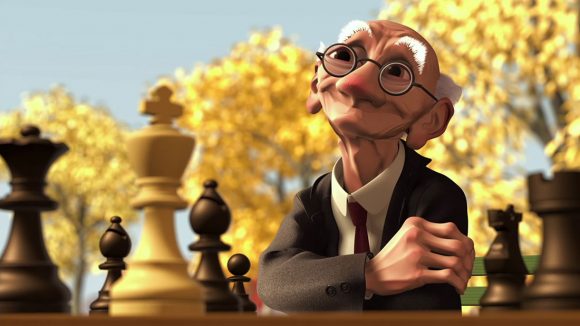 Geri's Game
Geri's Game -
 CAPS Computer Animation Production System
CAPS Computer Animation Production System -
 Craig Good
Craig Good -
 Up
Up -
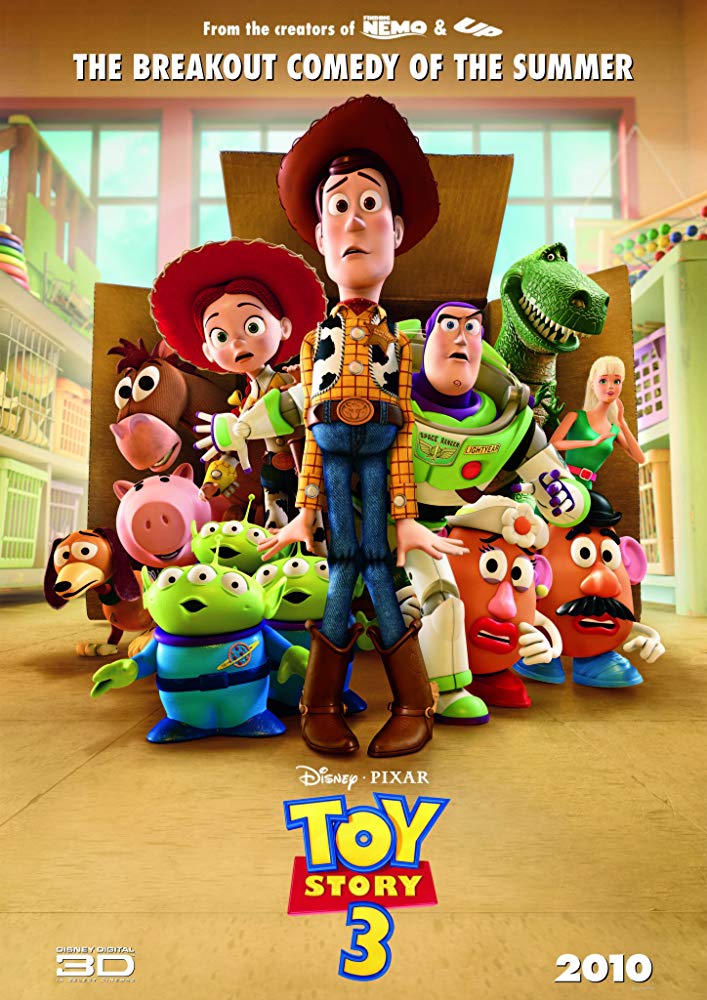 Toy Story 3
Toy Story 3 -
 Phil Beffrey
Phil Beffrey -
 Toy Story
Toy Story -
 Edwin Catmull
Edwin Catmull -
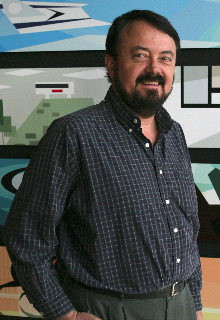 Loren Carpenter
Loren Carpenter -
 The Good Dinosaur
The Good Dinosaur -
 Eben Ostby
Eben Ostby -
 Ralph Guggenheim
Ralph Guggenheim -
 Rodney Stock
Rodney Stock -
 A Bug's Life
A Bug's Life -
 Toy Story 2
Toy Story 2 -
 Brave
Brave -
 REYES
REYES -
 Red's Dream
Red's Dream -
 Finding Nemo
Finding Nemo -
 The Incredibles
The Incredibles -
 Ratatouille
Ratatouille -
 Finding Dory
Finding Dory -
 Monsters University
Monsters University -
 Coco
Coco -
 Toy Story 4
Toy Story 4 -
 Monsters, Inc.
Monsters, Inc. -
 The Incredibles 2
The Incredibles 2 -
 Inside Out
Inside Out -
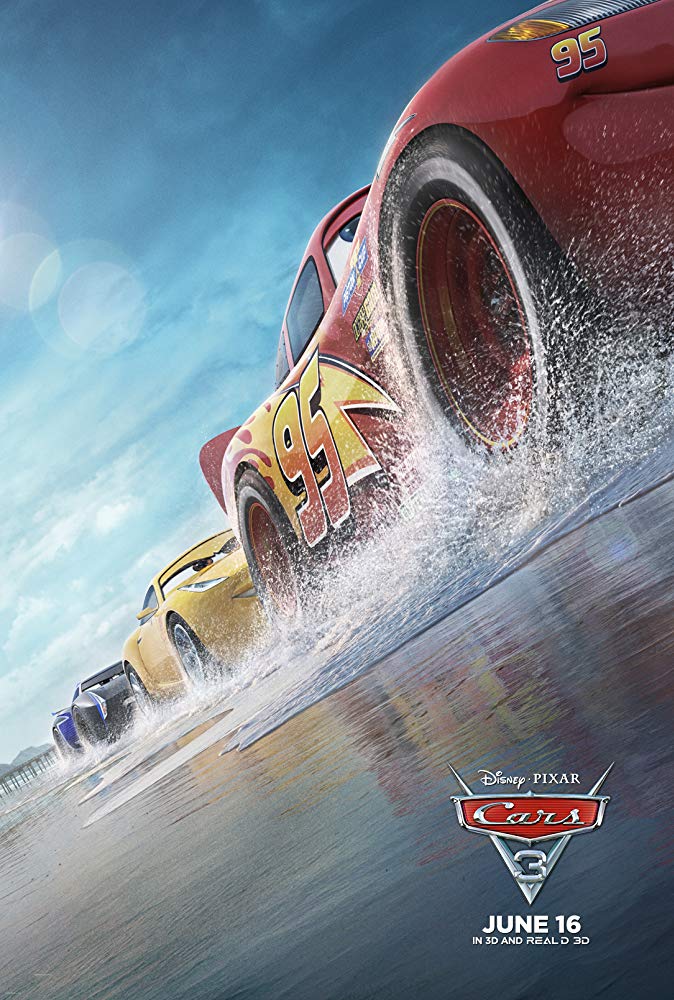 Cars 3
Cars 3 -
 Wall-E
Wall-E -
 Onward
Onward -
 Pat Hanrahan
Pat Hanrahan -
 Alvy Ray Smith
Alvy Ray Smith -
 Tony DeRose
Tony DeRose -
 NYIT Computer Graphics Laboratory (CGL)
NYIT Computer Graphics Laboratory (CGL) -
 Tom Duff
Tom Duff -
 Rob Cook
Rob Cook -
 Jan Pinkava
Jan Pinkava
Founders
Founding members included (in alphabetical order): Tony Apodaca, Loren Carpenter, Ed Catmull, Rob Cook, David DeFrancesco, Tom Duff, Craig Good, Ralph Guggenheim, Pat Hanrahan, Sam Lefler, Darwyn Peachey, Tom Porter, Eben Ostby, Bill Reeves, Alvy Ray Smith, and Rodney Stock.
Move to Emeryville
In 1998 Pixar relocated south a dozen miles from Point Richmond, CA to a brand new campus in Emeryville. Shortly thereafter they released Monsters, Inc. in 2001.
Original 3 picture deal
in 1991, Ed Catmull made a three-picture deal with Disney to create fully CG-animated films. Disney's point of view was that if Pixar was ready to commit to a half hour show, then doing an 85-minute feature film really shouldn't be that much of a stretch. (Yeah sure!) The first film, to be called Toy Story, was given a budget of only $17 million. Although the final cost was considerably more than that, it still was considerably less than the cost of a traditionally animated Disney feature film.
How PIXAR got its name!
Here is the story of how Pixar got its name: It was 1981 and the Computer Graphics Group at Lucasfilm was developing the hardware and software for a digital imaging "scanning/manipulating/filming computer-machine." David DiFrancesco was the hardware guy, Loren Carpenter was the software guy, and Alvy Ray Smith managed the project. When it came time to write up a formal proposal about the new device, it seemed appropriate to come up with a catchy name for the middle component of the system, the computer that did the image processing between the scanning and the filming. One night over dinner (at Franks Country Garden restaurant in Bel Marin Keys, California), four men got around to discussing the topic of a name. Present were Rodney Stock (a hardware consultant), Jim Blinn (who worked at Lucas for a short time), Loren Carpenter, and Alvy Ray Smith. Because the hope was for this clever device to actually "make pictures," the name Picture Maker was suggested. This quickly was rejected in favor of Alvy's suggested contraction of Pixer. Loren then made the suggestion to change it to Pixar (it had a nicer ring to it), and the rest is history. Loren relates that there occasionally are some attempts to put a greater meaning to the word after the fact (such as "Programmed Image transformation[X] And Render") but the true story has now been told.
Pixar was formed in 1986 when Steven Jobs (of Apple and NeXT computer fame) purchased the Lucasfilm Computer Graphics Division from George Lucas. George had decided about a year before that he did not want to continue a hardware development effort in-house. He also did not at that time want to pursue computer-generated animation (as did the employees). He therefore agreed to allow Edwin Catmull, Alvy Ray Smith, and the rest of the employees of the Lucasfilm Computer Division to seek out investors so they could spin off into their own company. The deal that was finally made called for $5 million dollars to purchase the division with an additional $5 million for immediate capital investment.
